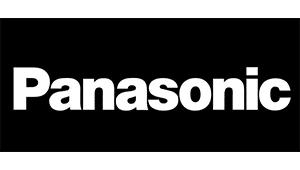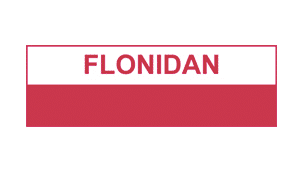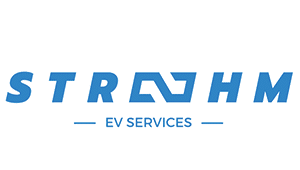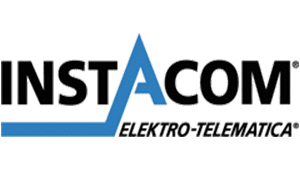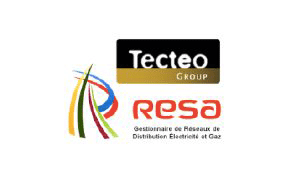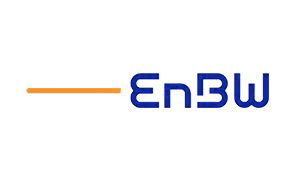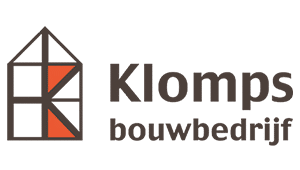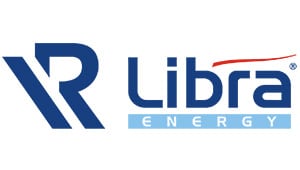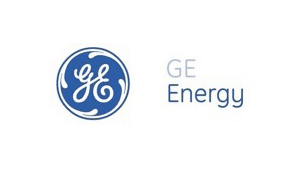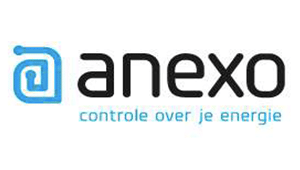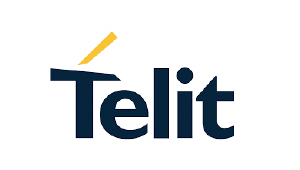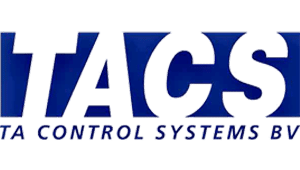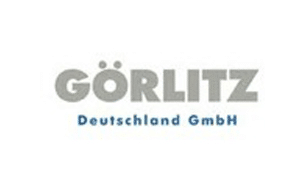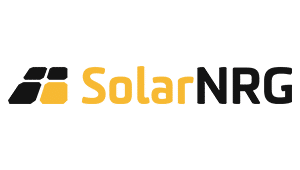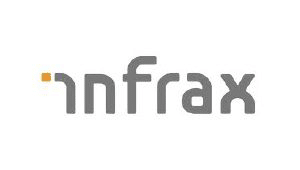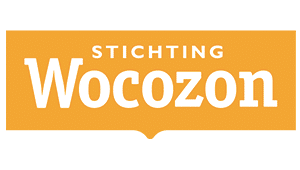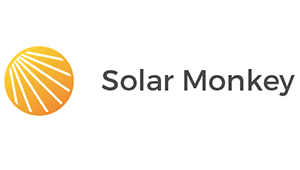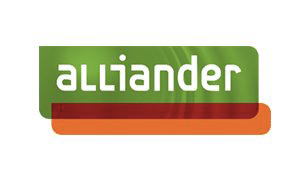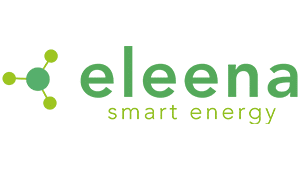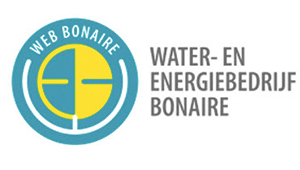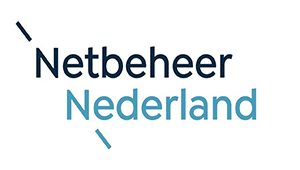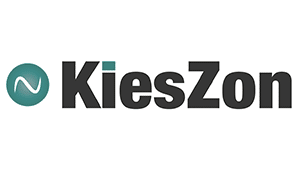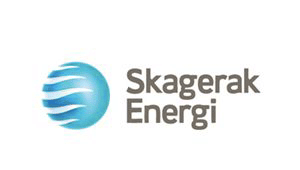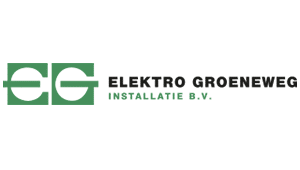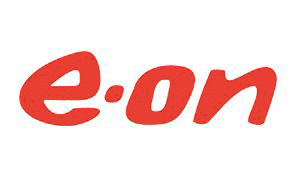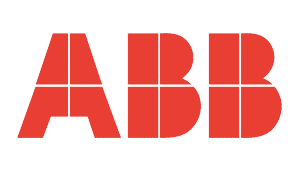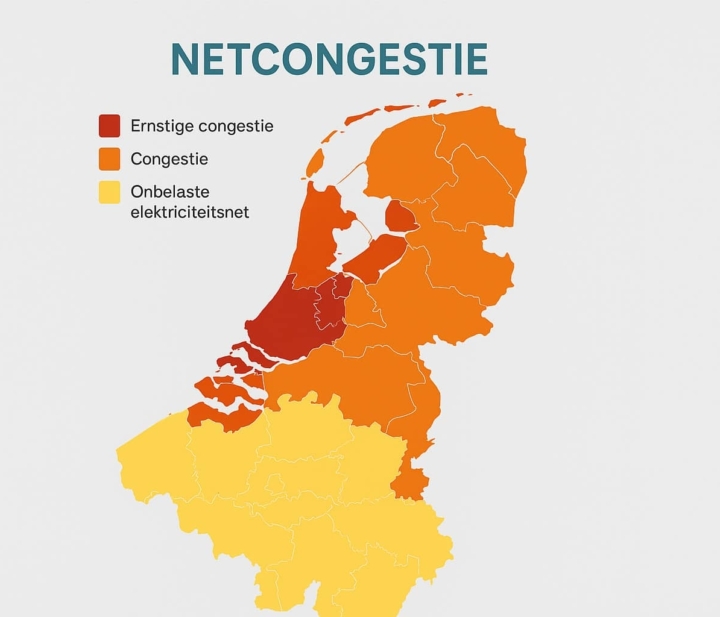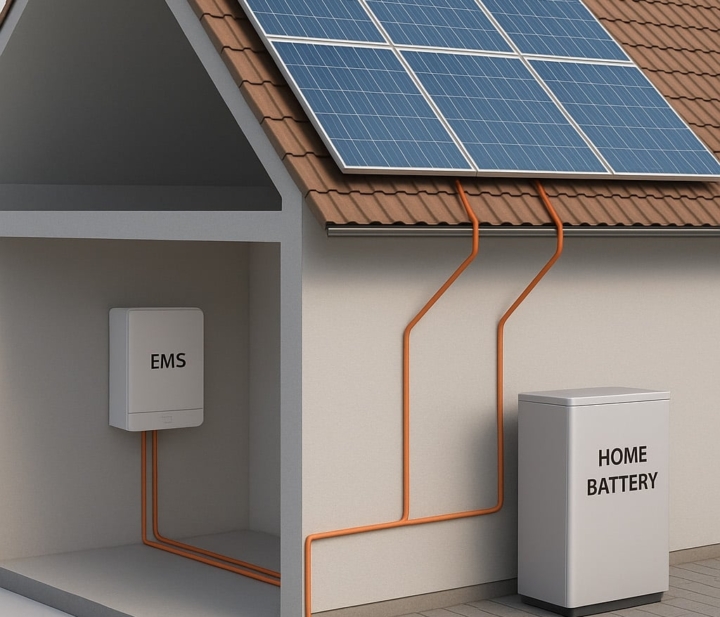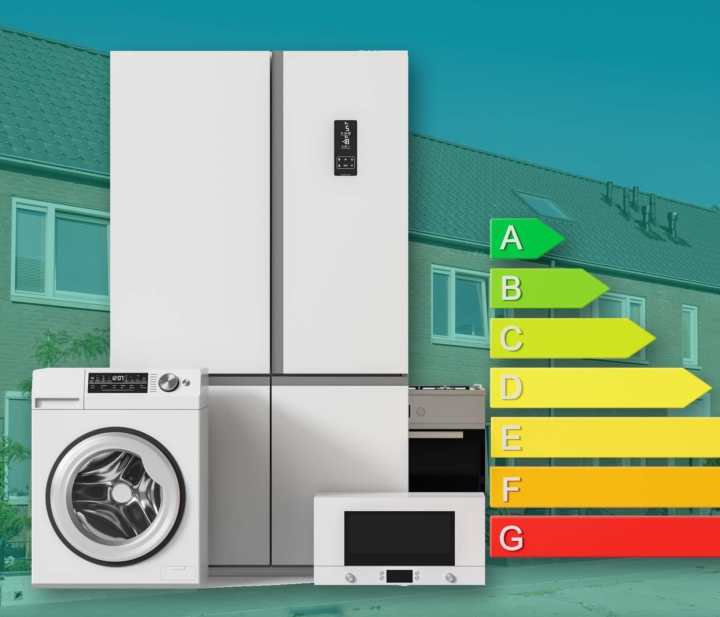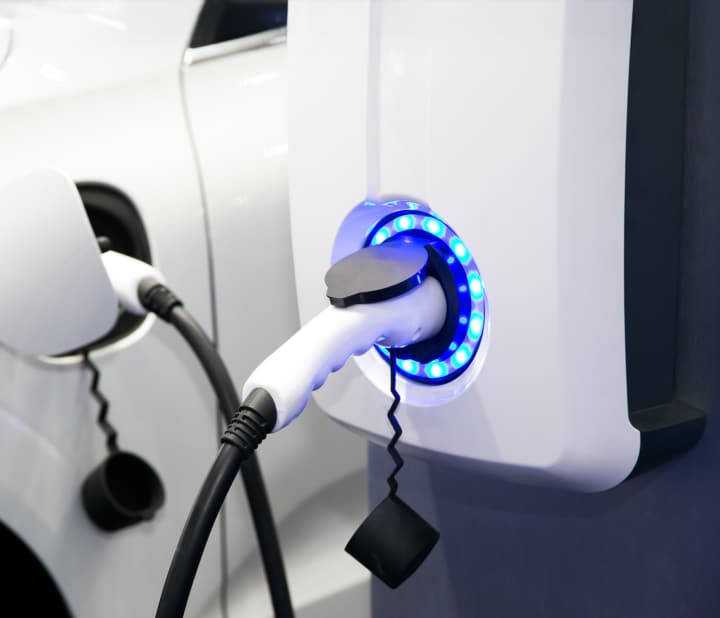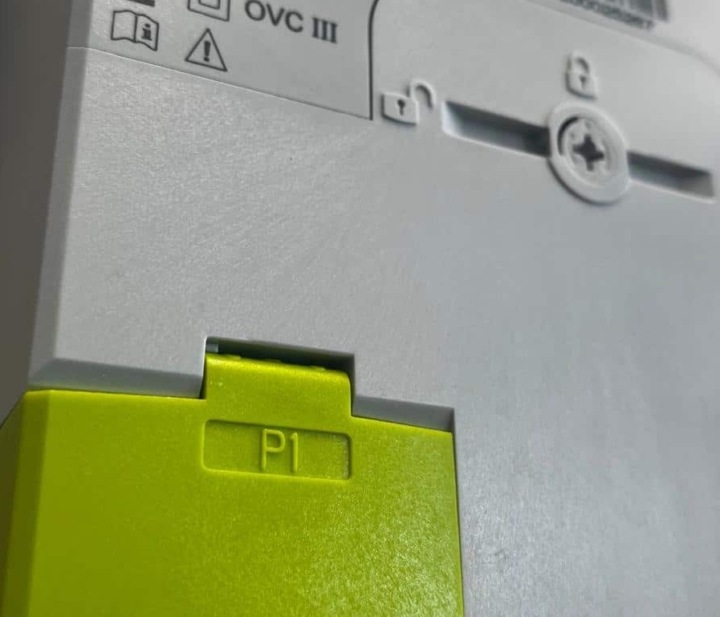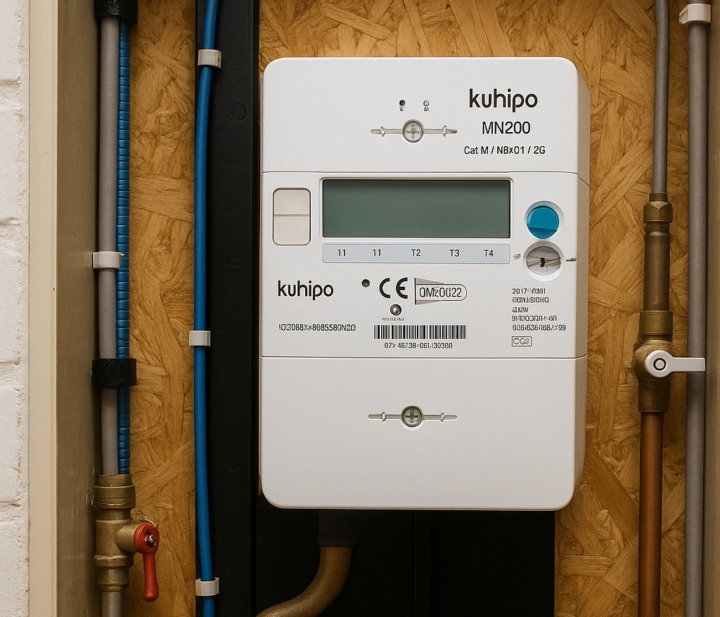Energy consumption has shifted from demand-driven to supply-driven.
The Dutch electricity grid is increasingly coming under pressure from large peaks in both energy demand and supply. These fluctuations are exacerbated by the erratic nature of solar and wind energy as well as the increased electrification of our energy consumption. As supply and demand often do not match, grid operators and energy suppliers are looking for ways to control energy consumption – for instance, with price incentives that influence our behaviour.
Energy suppliers
Where energy suppliers traditionally choose between a normal, off-peak or dynamic tariff, we now see a shift: some actually offer a more advantageous daytime tariff. The off-peak tariff used to be cheaper to shift power consumption to times of low demand. Today, suppliers adopt a different strategy: they encourage consumption during the day, when there is often an abundance of renewable energy available – such as solar – and demand is relatively low. This also benefits them, as they can buy power cheaply at that time.
For many households, dynamic energy tariffs are too uncertain, because of the risk of high price spikes. That is why there are now contracts that offer more certainty: with a fixed tariff during peak hours, and a lower tariff during off-peak hours – both during the day (from 10:00 to 17:00) and at night, on weekends and holidays. Eneco, for example, offers a 30% discount on electricity during these off-peak hours. Greenchoice takes a different approach and actually reverses the classic model: a more advantageous standard tariff applies during the day, while electricity is more expensive at night and on weekends.
Grid operators
The energy transition presents grid operators with increasingly complex challenges, particularly as electricity supply and demand are often mismatched. In doing so, they face two major problems: balancing the grid – balancing supply and demand in real time – and grid congestion, where the infrastructure in some areas has insufficient capacity to handle all the power. In these cases, the grid becomes “full”, meaning that new connections are not possible or existing feed-in has to be temporarily curtailed.
To reduce the pressure on the electricity grid, grid operator Enexis is starting a pilot in the Helmond and Waalwijk regions. Households can voluntarily participate in a scheme where the inverter of their solar system is remotely controlled to reduce or completely stop solar energy production when the grid is in danger of being overloaded. As compensation, participants receive €0.30 per kWh to compensate for the missed generated power.
Demand-driven is now becoming supply-driven
The combination of initiatives is in line with a broader development in which end-user flexibility is becoming increasingly important for the energy system of the future. It shows that both energy suppliers and grid operators are actively working to influence consumption on the user side of the grid. Whereas previously the supply of power was adjusted to demand, demand is now increasingly controlled based on the available supply of renewable energy.
Always ready to start
Wondering what we can do for your organization? Contact Xemex and discuss your needs with our team. Together we will realize a solution that addresses your energy challenges and opens up new possibilities.
Burgemeester Burgerslaan 40
5245 NH 's-Hertogenbosch, The Netherlands
Metropoolstraat 11a
2900 Schoten; Belgium





